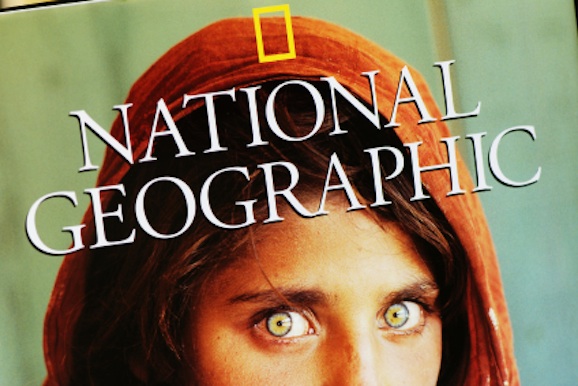It’s one thing to see basic facts mixed up when you’re reading information from a less-than-credible website, but it’s another issue altogether when a traditionally credible source, such as “National Geographic”, gets it just plain wrong.
National Geographic online has a Green Living article entitled “Bottled Water Pollution Facts” by Suzanna Didier, Demand Media, that is erroneous in the extreme. We were quick to notify National Geographic editors of the errors in this story, but in case you don’t get a chance to see the corrections or corrected statements, here they are:
Bottled water has risen in popularity in recent years, and the Beverage Marketing Corporation (BMC) statistics on market share suggest this is because consumers are choosing bottled water over other packaged drinks that often contain calories, caffeine and other additives. These drinks are also packaged in more higher-density PET plastic and transported to reach consumers.
Contrary to Ms. Dider’s article, which states Americans drink more bottled water than any other nation, the BMC reports that the U.S. ranks # 12 in the world for per capita consumption of bottled water (see chart below) consuming 28.3 gallons (not the reported 30 gallons) or 3.5 single-serve bottles each week. PET is made using an oil byproduct, not refined fuel as inferred in this article.
Recycling rates are also incorrectly reported in this article. According to the National Association of PET Container Resources (NAPCOR)’s latest bale analysis, bottled water containers are the most commonly recycled plastic container and are recycled at 31 %, not 13 %, as stated in Ms. Dider’s article. The bottled water industry recognizes that recycle rates, although increasing, need to improve and the industry is actively working to build partnerships that will help increase recycling efforts.
It is also incorrect to say that bottled water “often” takes long journeys to get to U.S. markets. According to the BMC, imported water accounted for 1.35% of the bottled water consumed in the U.S. We encourage consumers to check their labels and discover that “most” bottled water is sourced and consumed locally.
And lastly, the NRDC study referred to is from 1999 and has been rebutted extensively (see: http://www.thefactsaboutwater.org/uploads/DWRF%20Analysis%20NRDC%201999.pdf). In the past decade the NRDC has not produced any further studies of this nature.
It is unfortunate that Ms. Didier did not contact the International Bottled Water Association in order to present a more balanced view of this issue, and perhaps correct some of the misinformation she has referenced in her article.
GLOBAL BOTTLED WATER MARKET
Per Capita Consumption by Leading Countries 2005 – 2010
Source: Beverage Marketing Corporation
Copyright © 2011 by Beverage Marketing Corporation
